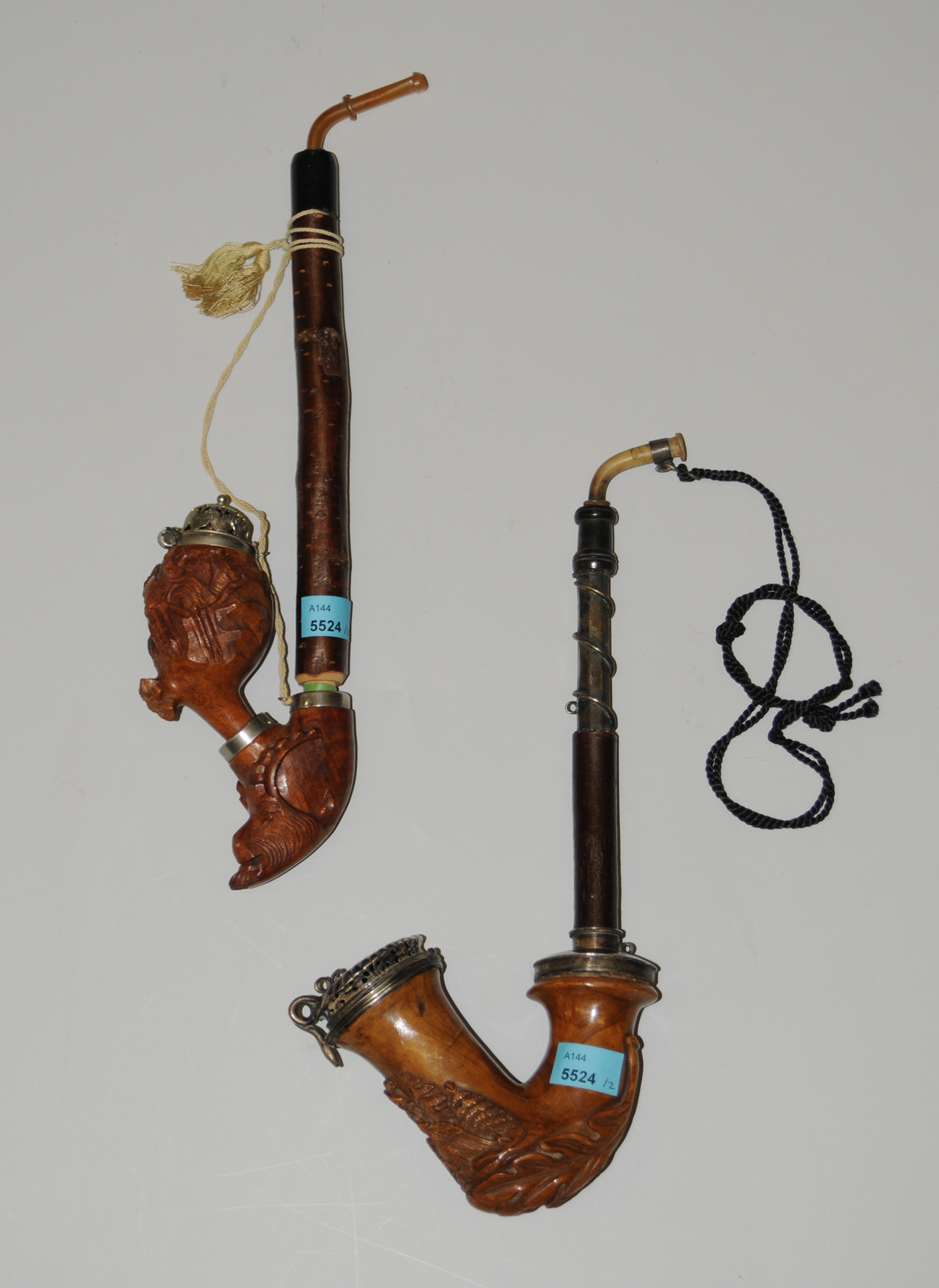
20
febreroSix No Price Ways To Get Extra With Tabakpfeifen
Introduction
Tabakpfeife, the German term for a tobacco pipe, has been a cornerstone of smoking culture for centuries. This traditional smoking device has played a significant role in the history of tobacco use, offering a unique and often ceremonial way to consume tobacco. Beyond its functional purpose, the Tabakpfeife has also been a subject of artistic expression, technological innovation, and cultural symbolism. This article delves into the science behind Tabakpfeife, exploring its design, materials, usage, and the broader implications of its use.
 History and Evolution
History and Evolution
The use of pipes for smoking dates back thousands of years, with evidence of ancient civilizations employing various materials to create smoking devices. The Tabakpfeife, however, emerged as a distinct form following the introduction of tobacco to Europe in the 16th century. Early pipes were often made from clay, wood, and other readily available materials, but as tobacco use became more widespread, the design and craftsmanship of pipes evolved significantly.
The 19th and 20th centuries saw the rise of briar wood as the preferred material for pipes, particularly in Europe. Briar, a hardwood derived from the root of the Mediterranean heather tree, became prized for its durability, resistance to heat, and ability to absorb moisture. This period also witnessed the development of meerschaum pipes, made from a white mineral material capable of being carved into intricate designs.
Design and Construction
The Tabakpfeife is typically composed of several key components: the bowl, shank, stem, and mouthpiece. The bowl, where the tobacco is placed, is designed to withstand high temperatures, while the shank and stem serve as the pathway for smoke to travel from the bowl to the mouthpiece. The mouthpiece is usually fashioned from materials like vulcanite or acrylic, chosen for their durability and comfort.
Briar wood remains the most popular material for pipes due to its excellent thermal properties and natural beauty. The process of crafting a briar pipe is labor-intensive, involving careful selection of the wood, precise drilling of the shank, and meticulous shaping of the bowl and stem. The finished product is not only functional but also a testament to the artisan's skill.
In addition to briar, other materials such as corncob, meerschaum, and metal are used in pipe construction, each offering unique advantages and aesthetic appeal. For instance, corncob pipes are lightweight and inexpensive, making them accessible to a wide audience, while meerschaum pipes are valued for their ability to be carved into elaborate designs.
Usage and Ritual
Smoking a Tabakpfeife involves a deliberate and often ritualistic process. The preparation of the tobacco, pfeifen und zigarren whether it is packed loosely or tightly into the bowl, can significantly affect the smoking experience. The act of lighting the pipe, typically achieved with a match or lighter, requires patience as the tobacco is gradually brought to the optimal burning temperature.
The rhythm of puffing on the pipe, combined with the cooling effect of the stem and mouthpiece, contributes to a more leisurely and contemplative smoking experience compared to cigarettes. This slower pace has led to the Tabakpfeife being associated with relaxation, reflection, and social interaction.
Cultural and Social Significance
Throughout history, the Tabakpfeife has been a symbol of various cultural and social phenomena. In many societies, pipes have served as tools for diplomacy and rites of passage, such as the peace pipes used by Native American tribes. The shared act of smoking from a communal pipe has fostered a sense of community and camaraderie across different cultures.
In addition to its role in rituals, the Tabakpfeife has also been a source of artistic expression. The intricate designs and craftsmanship of high-quality pipes have elevated them to the status of collectible items, with enthusiasts and connoisseurs seeking out rare and beautifully crafted examples.
Health Considerations
While the Tabakpfeife offers a distinct and enjoyable way to smoke tobacco, it is not without health risks. Tobacco smoke contains numerous harmful chemicals, regardless of the method of consumption. Research has shown that pipe smokers are at an increased risk for certain health conditions, including oral and lung cancers, as well as cardiovascular diseases.
However, studies suggest that pipe smokers may face lower health risks compared to cigarette smokers, possibly due to differences in smoking patterns and the lower number of cigarettes consumed. Despite this, the هنозиگاری associated with pipe smoking remains a significant public health concern, and health professionals continue to advocate for cessation programs and alternative nicotine delivery systems.
Conclusion
The Tabakpfeife represents a rich tapestry of history, culture, and craftsmanship, offering a unique perspective on the tradition of tobacco use. While its design and construction have evolved over the centuries, the fundamental appeal of the pipe remains unchanged. As society continues to grapple with the challenges of tobacco use, the Tabakpfeife serves as a reminder of the complex interplay between tradition, innovation, and health.


Reviews